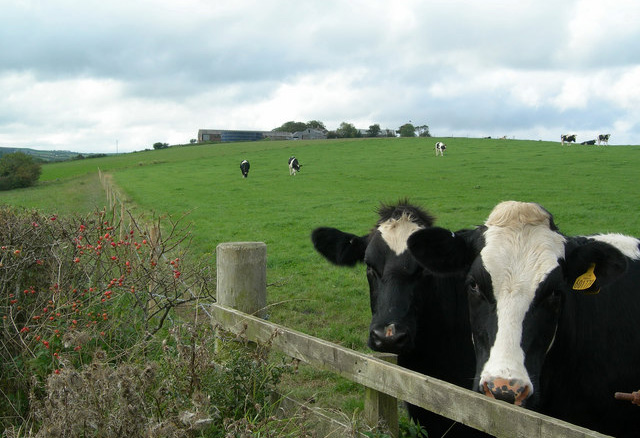
Global milk pricing is expected to ease from mid to late Q2 2013, according to the Q2 Dairy Quarterly report.
Exportable supply rose strongly in Q4 2013 and is expected to continue into early 2014 as producers respond to improved margins through high milk prices and falling feed costs.
A strong Northern Hemisphere production season, on the back of an exceptional season in the Southern Hemisphere, should generate more than enough exportable supply to exceed China’s extraordinary additional needs from the world market, loosening the market somewhat. However, the rate of price reduction will be limited by structural constraints on suppliers, the need to replenish depleted buyer inventories and ongoing demand growth in line with a slow economic recovery.
“The most crucial demand side question is whether China will sustain the frenetic buying we have seen on the international market throughout the last 12 months”, states Rabobank analyst Tim Hunt.
Regional Outlooks
EU: Rabobank expects production to rise by an impressive 4% YOY for 1H 2014, fuelling a surge in exports. Fractional growth in 2H 2014 will be boosted in 1H 2015 when current quotas are eliminated and the EU will likely make a substantial contribution to boosting international supply.
US: The US domestic market is only expected to show modest growth over 2014, as slow economic growth and reductions in SNAP payments are compounded by further increases in retail pricing. But improved supply momentum should see exports grow strongly in 1H 2014.
New Zealand: Rabobank expects the final three months of the NZ season (to May 2014) to see production at least 20% to 30% higher than the drought-impacted finish to the 2013 season. While export volumes can be expected to taper off through season end, shipments are likely to continue to trend at least 10% above the previous year due to higher milk flows.
Australia: Improved seasonal conditions and increased farmgate prices for Southern producers saw a recent rise in milk flow, albeit marginal. Rabobank expects a further recovery in milk flows in 1H 2014, on the back of better weather and higher milk prices. A small exportable surplus can also be expected on the back of a 2% YOY production increase.
Brazil: A drought in the Southeast, coupled with weak local demand growth is expected to slow Brazilian supply growth, simultaneously reducing import activity as supply expands faster than local demand.
Argentina: In the context of a depreciating Peso and economic uncertainty, Rabobank expects only modest YOY production growth, particularly as margins are eroded from milk prices rising slower than costs.
